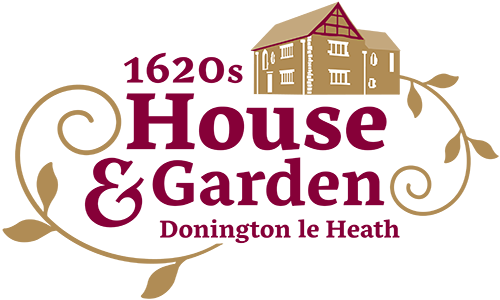The Buttery
The buttery was a larder full of barrels, sacks and other storage vessels. The name comes from a type of wine cask called a butt (from Medieval French and Italian botte), which held half a tun or 1008 pints.
One of Mr Carter’s roles in this household would be that of the butler, the servant in charge of the wine and beer.
In the days before refrigeration, food stores had to be carefully managed. Meat, fruit and vegetables were prepared and preserved in the scullery and then could be stored in the buttery. The buttery was warmer and drier than the dairy and the scullery and was therefore a good place to store grain, flour and other dry goods. The Carters would keep careful eye had to be kept on pests like mice that thrived on the rich pickings.
Barrels and casks of ale, wine and brandy were stored here, and jugs and costrels would be filled up for use elsewhere in the house and garden.
Ale was drunk by everybody, including children, because water sources could not be trusted. After bread, for many people, ale was the second most important source of calories in their diets. Ale was brewed at home, and it is likely that a house of this size would have produced its own. Brewing was traditionally a woman’s task and by the 17th century some women made brewing their business, so it could have been made by a woman living in the nearby village.
Re-trace your path to the Scullery and then exit the building via the door to your right to




